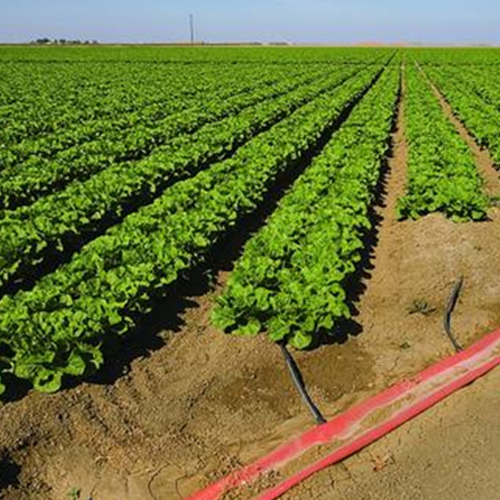Subsurface Irrigations
Subsurface irrigation is a method of delivering water to plants by applying it below the soil surface directly to the root zone. This technique aims to reduce water loss through evaporation and minimize surface wetting. Key components of subsurface irrigation include:
Subsurface Drip Irrigation (SDI): Involves buried drip lines or tapes that release water directly to the root zone.
Subsurface Soaker Hoses: Similar to drip irrigation but using hoses that release water along their length to moisten the soil around plants.
Capillary Irrigation: Utilizes the soil's natural capillary action to draw water upward from a subsurface water source.
Subsurface irrigation is known for its water efficiency and is particularly useful in arid regions or for crops with shallow root systems. It helps reduce weed growth, minimizes water runoff, and can be effective in delivering nutrients directly to plant roots. This method is employed in agriculture, horticulture, and landscaping applications.

